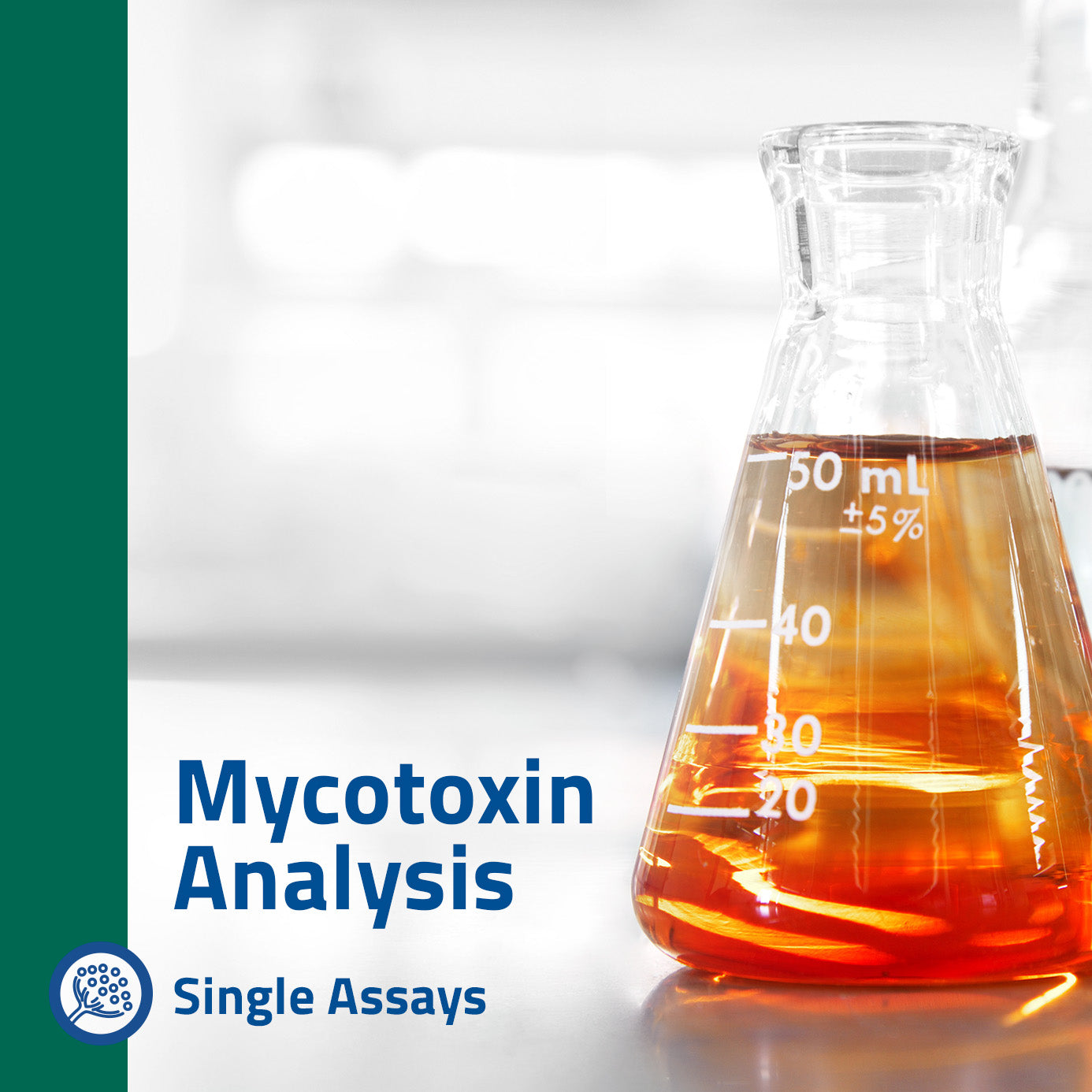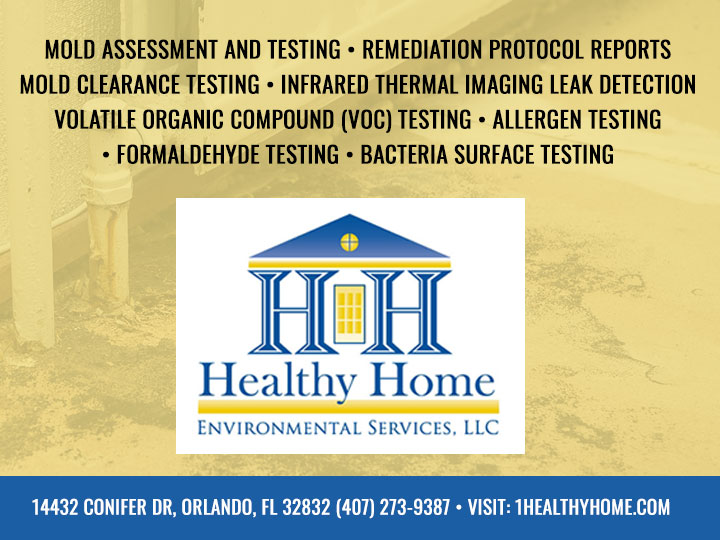Boost Your Safety And Security Methods with Professional Mycotoxin testing Services
Boost Your Safety And Security Methods with Professional Mycotoxin testing Services
Blog Article
Ensuring Conformity With Regulations: the Duty of Mycotoxin Evaluating in Quality Assurance
Guaranteeing conformity with rigid policies is extremely important for keeping food security, and the duty of mycotoxin screening in high quality control can not be overstated. Mycotoxins, harmful compounds created by certain mold and mildews, posture substantial wellness risks, making their discovery important in food production. Adherence to regulatory standards, such as those established by the FDA and EU, requires robust testing techniques and modern technologies to recognize and quantify these impurities. By executing complete screening methods, business can avoid potential health dilemmas, prevent pricey recalls, and maintain consumer trust fund. Nevertheless, the intricacies of these screening processes raise vital questions about their effectiveness and effectiveness.
Comprehending Mycotoxins
Comprehending mycotoxins is basic to guaranteeing the top quality and safety of agricultural products. The most notorious mycotoxins include aflatoxins, ochratoxins, trichothecenes, and fumonisins, each connected with specific ecological conditions and fungal types.
The existence of mycotoxins in foodstuff can bring about persistent and acute health issues, consisting of liver damages, immune suppression, and carcinogenic effects. Their discovery and metrology are critical components of high quality control in agricultural and food sectors. The intricacy of mycotoxin contamination requires a complex method, utilizing sophisticated analytical strategies such as liquid chromatography, mass spectrometry, and enzyme-linked immunosorbent assays (ELISA) By understanding the resources, kinds, and effects of mycotoxins, stakeholders in the farming field can much better implement preventative measures and alleviate threats, guaranteeing safer usage for end-users. This understanding forms the bedrock upon which reliable mycotoxin administration practices are constructed.
Regulative Requirements for Mycotoxins
Having developed a fundamental understanding of mycotoxins and their effect on food security, it is important to examine the regulative standards controling their visibility in agricultural products. Regulatory requirements for mycotoxins are important since they define permissible limitations, making sure food safety and security and safeguarding public wellness. Numerous international and nationwide agencies have actually set these limits based upon detailed danger evaluations.
The Codex Alimentarius Compensation, a worldwide body established by the FAO and that, gives standards and optimum permitted levels for various mycotoxins in food and feed. As an example, the Codex has actually set limitations for aflatoxins in peanuts, maize, and dried figs, amongst various other assets. These requirements are typically taken on or adapted by individual countries to fit their particular requirements.
In the European Union, Guideline (EC) No 1881/2006 specifies optimum levels for a number of mycotoxins, such as aflatoxins, ochratoxin A, and deoxynivalenol, in different food items. Similarly, the U.S. Food and Medicine Administration (FDA) has actually developed action degrees for mycotoxins like aflatoxins in commodities such as nuts and grains.
Adherence to these governing requirements is essential for keeping market accessibility, consumer trust fund, and public health and wellness. Non-compliance can lead to substantial economic losses and health threats, highlighting the significance of strict mycotoxin testing procedures.
Evaluating Methods and Technologies

ELISA is commonly appreciated for its affordable and rapid screening capabilities, making it optimal for high-throughput settings. It relies on antibodies to discover specific mycotoxins, supplying cause a relatively brief time structure. Its level of sensitivity may be restricted contrasted to more advanced techniques.
HPLC, on the various other hand, excels in supplying quantitative evaluation with high precision and precision. It divides complex combinations into specific components, making it very reliable for determining and measuring multiple mycotoxins simultaneously - Mycotoxin testing Services. This strategy, while more resource-intensive and time-consuming than ELISA, provides a greater degree of dependability

LC-MS stands for the pinnacle of analytical specificity and sensitivity. Integrating the separation power of liquid chromatography with the detection capacities of mass spectrometry, LC-MS can spot even trace degrees of mycotoxins. This approach is essential for confirming the presence of mycotoxins in regulatory and forensic contexts, ensuring conformity with stringent safety criteria.
Implementing Testing Protocols

Incorporating these sophisticated screening methods into a thorough quality assurance framework necessitates a well-structured approach to implementing testing procedures. To achieve this, companies must first carry out a complete risk evaluation to identify potential mycotoxin contamination factors within the supply chain. This evaluation educates find out the growth of a tailored screening approach that addresses particular vulnerabilities.
Next, developing standard tasting treatments is essential. Constant sampling makes sure that examination outcomes are reputable and agent of the entire batch (Mycotoxin testing Services). Abiding by guidelines from regulative bodies, such as the FDA or EFSA, assists preserve compliance and enhances the trustworthiness of the testing process
Educating employees is an additional crucial part. Team must excel in both sample collection and my sources the procedure of screening devices. Normal training sessions and certification programs can guarantee that employee stay upgraded with the most current methods and governing modifications.
Benefits of Mycotoxin Evaluating
Mycotoxin testing provides numerous benefits that dramatically improve the security and quality of food and feed products. Primarily, it works as a vital control measure to avoid infected items from getting to the customer market, thereby securing public health. By identifying and quantifying mycotoxins such as aflatoxins, ochratoxins, and fumonisins, producers can guarantee that their items satisfy rigid governing criteria, hence staying clear of prospective lawful consequences and connected prices.
Additionally, mycotoxin testing adds to the financial stability of food and feed sectors by reducing the threat of massive item recalls. The capacity to separate and find polluted sets early in the production process reduces waste and protects against the economic losses connected with damaged brand reputation. It promotes customer trust fund and loyalty, as clients are significantly conscious of food safety and security issues and need higher quality criteria.
The execution of routine mycotoxin screening also advertises ideal techniques within agricultural and production markets. By sticking to extensive testing methods, firms can maximize their top quality control procedures, boost functional performance, and make certain the regular manufacturing of risk-free, high-grade items. In verdict, the advantages of mycotoxin screening are diverse, contributing to public health and wellness, economic security, and sector honesty.
Final Thought
Mycotoxin testing is essential in guaranteeing conformity with regulative criteria, thus preserving food safety and security and high quality control. By systematically discovering unsafe mycotoxins, this technique helps minimize health and wellness risks, protect against legal repercussions, and prevent financial losses related to product remembers. Executing durable testing methods promotes customer count on and self-confidence in food safety techniques, eventually sustaining the integrity and online reputation of food companies. Hence, mycotoxin testing remains a crucial element of modern-day food safety administration systems.
Making certain compliance with strict laws is paramount for preserving food safety and security, and the duty of mycotoxin testing in high quality Discover More Here control can not be overemphasized.In the realm of mycotoxin testing, advanced techniques and modern technologies are critical in making certain food safety and regulative compliance.Mycotoxin screening uses numerous benefits that dramatically boost the security and high quality of food and feed items.Mycotoxin testing is essential in guaranteeing compliance with regulatory requirements, thus preserving food safety and security and quality control. Thus, mycotoxin testing remains an important part of contemporary food security management systems.
Report this page